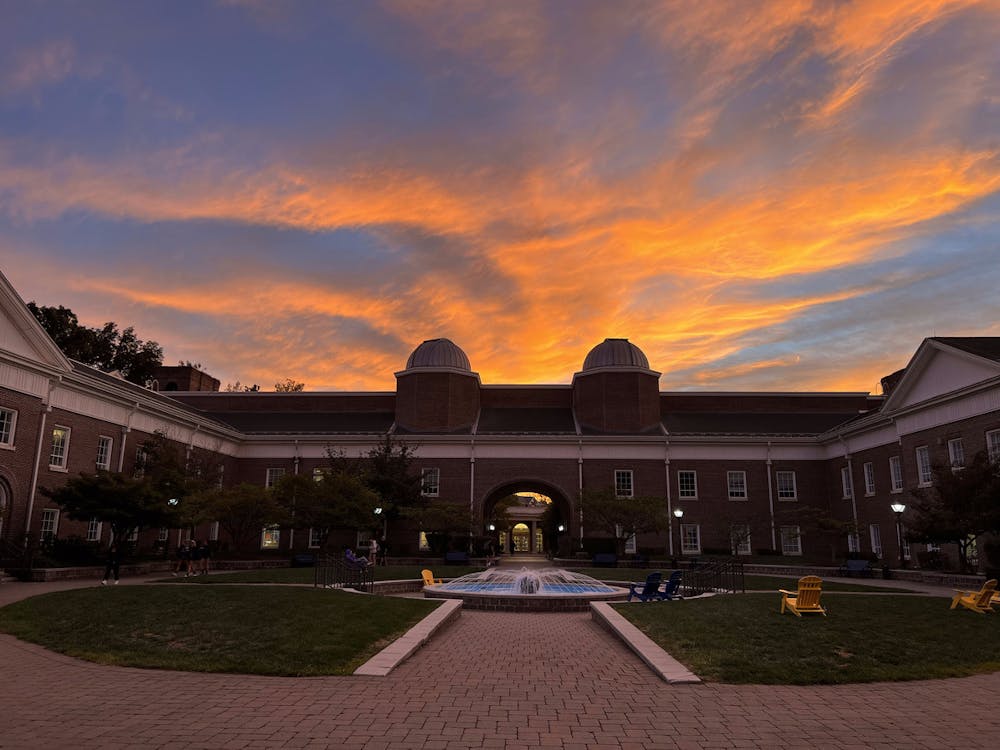By Nicholas Steinhauser
Staff Writer
As the special green comet C/2022 E3 (ZTF) passes over Earth this month, there’s no better way to witness this special astronomical event than with the College’s observatory.
This advanced, open-to-students observatory is unique to the College, according to Dr. Mariah MacDonald, an astronomy professor.
“Most institutions don’t have telescopes, and those that do most likely prohibit any students from touching the telescopes,” MacDonald said. “Our observatory, however, is open to all students and the public. This is integral for students who are interested in astronomy, as they are able to learn how to use a telescope and discover major solar structures.”
Located on the fourth floor of the Physics building, which can’t be accessed by the elevator, the observatory consists of two separate rooms. One is open to the general public and has a much larger telescope of 27.5 inches to view smaller and farther objects in space. This telescope is a favorite among the students in upper-level astronomy classes.
The other is primarily open to students first learning about astronomy and has a smaller telescope of 11 inches. It is easiest to look through these telescopes with an eyepiece, but one can also connect a camera to them and take pictures, which can then be uploaded to a computer for photographed evidence.
As of Feb. 7, the larger telescope is damaged, preventing opportunities for proper research, but it should be repaired within the next couple of days, according to MacDonald. Using the larger telescope, students can view all of the planets in the solar system (with Jupiter and Saturn being favorites), exoplanets and specific nebulae (clouds of gas and dust).
The observatory is open Monday through Thursday from 7 p.m. to 9 p.m., but it will not open if the sky is too cloudy during those times. Students can also join the “TCNJ Observe” GroupMe for updates on when the observatory will be open.
Every spring semester, the physics department also holds a “Star Party” where students come together with Ewing residents to observe the sky for a long period of time. The observatory is also open to those who don’t have their own telescopes.
“I like when public people from Ewing go to the observatory and ask a lot of questions,” said Dean Klunk, a junior physics major. “Since they’re not required to go there, they seem to be more engaged and interested in the topic than the TCNJ students.”
There are currently three astronomy professors in the physics department: MacDonald, Dr. Lauranne Lanz, and Dr. Thulsi Wickramasinghe. If students are interested in learning more about astronomy and the solar system, they can also contact these professors for more information.
This little-known spot on campus can provide a wealth of knowledge and awe for students. Joey Sabatino, a senior physics major, said he loves that the observatory lets him see amazing things that he wouldn’t otherwise be able to.
“There are a lot of planets and nebulae out there that we cannot see,” Sabatino explained, “and it is much more rewarding to see these giant bodies for ourselves. It’s also nice to see these things together and share a combined interest in astronomy.”
Though the green comet was closest to Earth on Feb. 1, it will still be visible with a telescope until April, according to Newsweek, and the College’s observatory will be readily available for any curious student to use.







